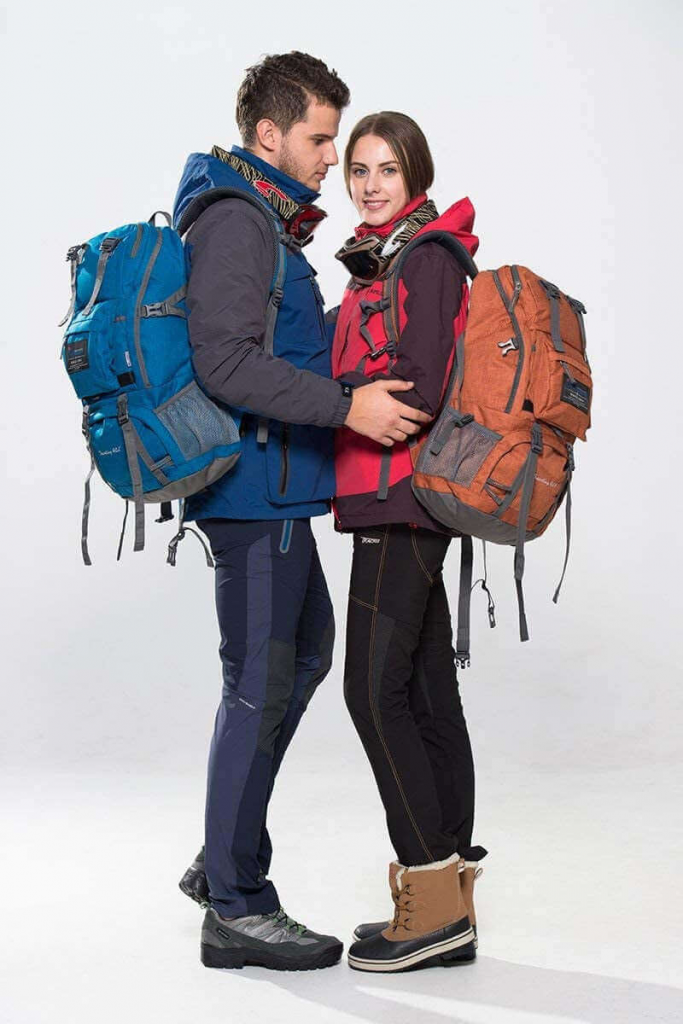When venturing into rugged terrains and unpredictable weather conditions, hikers often encounter various challenges such as debris, mud, snow, or water entering their boots. This is where hiking gaiters come to the rescue. Hiking gaiters are protective coverings worn over your boots and lower legs, providing an extra layer of defense against external elements. In this article, we will explore the benefits and considerations of using hiking gaiters, ensuring you stay protected and comfortable on your outdoor adventures.
What are Hiking Gaiters?
Hiking gaiters are specialized protective coverings designed to shield your boots and lower legs from external elements. They typically extend from the ankle to just below the knee and are secured in place with straps or fasteners. Hiking gaiters act as a barrier against debris, mud, snow, water, and even insects, keeping your feet dry, clean, and protected.

Benefits of Hiking Gaiters:
a. Protection from Debris: Hiking gaiters prevent rocks, twigs, thorns, and other debris from entering your boots, ensuring a more comfortable and uninterrupted hiking experience. They act as a barrier, reducing the risk of blisters and abrasions caused by foreign objects.
b. Waterproofing: Hiking gaiters offer an additional layer of protection against water. Whether you encounter rain, snow, or Hiking Gaiters trail conditions, gaiters help keep your boots and socks dry, providing comfort and preventing discomfort caused by moisture.
c. Enhanced Warmth: In colder climates, hiking gaiters can help retain warmth by preventing cold air from entering your boots and protecting your lower legs from wind chill. This is particularly beneficial during winter hikes or in snowy conditions.
d. Defense against Insects: Hiking gaiters provide a protective shield against insects such as ticks, mosquitoes, and other crawling or biting creatures. By covering the lower leg area, gaiters minimize the risk of insect bites and potential exposure to disease.
e. Trail Maintenance: When hiking off-trail or through dense vegetation, gaiters act as a safeguard, preventing branches, thorny plants, and bushes from snagging and causing damage to your legs or tearing your clothing.
Considerations when Choosing Hiking Gaiters:
a. Height and Coverage: Select gaiters that offer adequate coverage for your intended hiking activities. Shorter gaiters are suitable for light trails and protect against debris, while taller gaiters provide more extensive protection for rugged terrains, snow, or wet conditions.
b. Material: Hiking gaiters are typically made from durable and water-resistant materials such as nylon or Gore-Tex®. Choose gaiters that strike a balance between durability and breathability, ensuring your legs stay dry without causing excessive sweating.
c. Closure System: Look for gaiters with secure and adjustable closure systems. Velcro straps or buckles are commonly used to ensure a snug fit around your boots and legs, preventing debris from entering.
d. Breathability: Opt for gaiters that offer breathability to prevent excessive sweating and heat buildup during strenuous hikes. Look for gaiters with breathable panels or mesh inserts.
e. Weight and Packability: Consider the weight and packability of the gaiters, especially if you need to carry them in your backpack when not in use. Lightweight and compressible gaiters are more convenient for storage and transportation.
Proper Usage and Maintenance:
To make the most of your hiking gaiters, ensure they are properly worn and maintained:
a. Proper Fit: Follow the manufacturer’s instructions to correctly wear and secure the gaiters, ensuring they cover the entire
